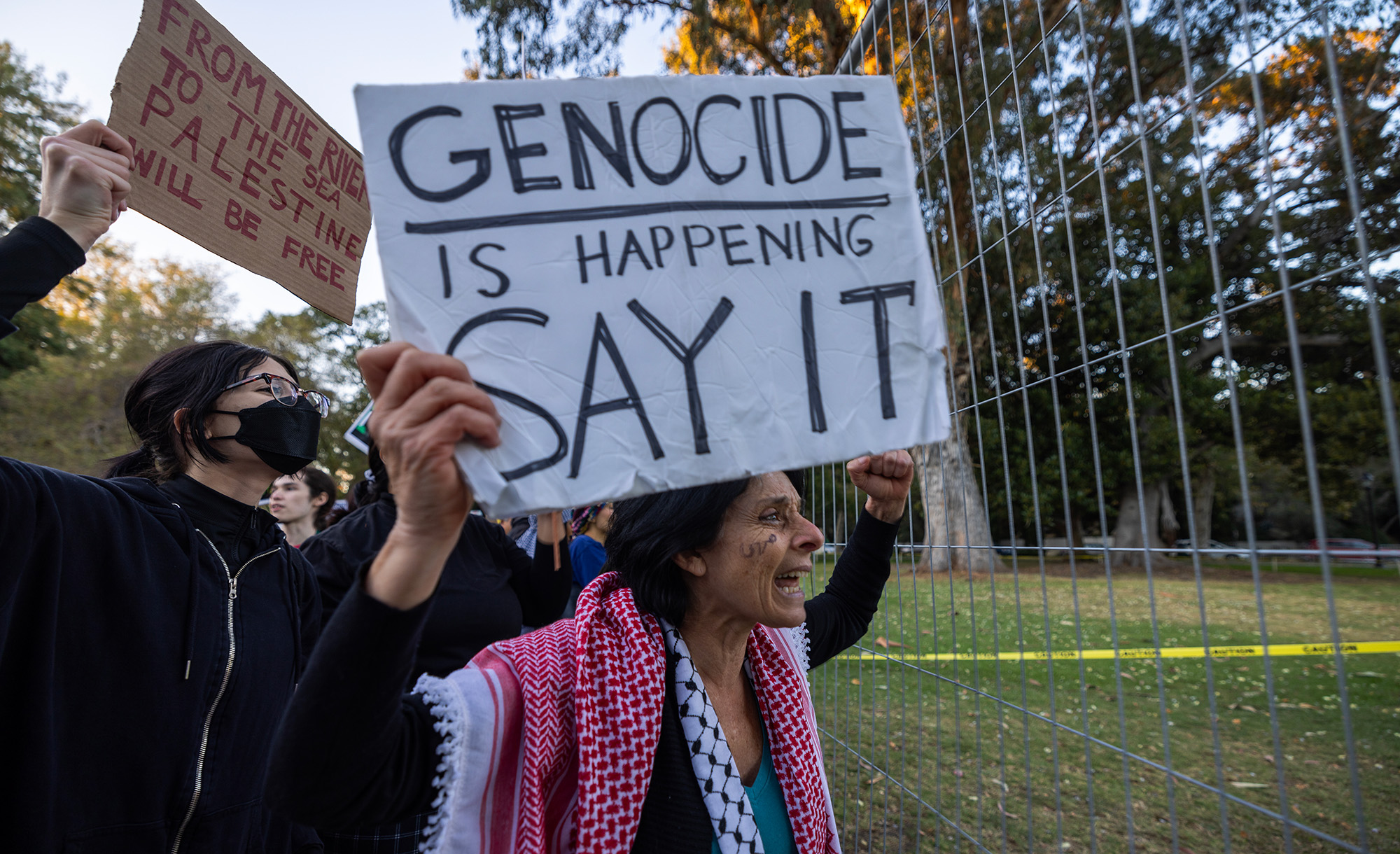Natan Sharansky, who played a role in founding Human Rights Watch when it was involved in noble causes like defending Soviet dissidents, recalls realizing decades ago that this once-great organization had “become an aid to dictators and terrorists.” And that recollection brings Sharansky to the dangers of moral confusion, and the moral issue at the heart of the present war:
Israel has no choice but to wage a war for its survival. . . . Today, the world seems to understand this. World leaders have denounced Hamas’s barbarism and affirmed the legitimacy of Israel’s right to self-defense. But what about tomorrow? What will happen as the Palestinian death toll rises? At that point, I fear, the same leaders will forget that Israel and Hamas are fighting on radically different terms and focus their efforts on restraining Israel instead of condemning Hamas.
The reason this will happen—as it always does—is that Hamas has a powerful unconventional weapon, one far more sophisticated and effective than missiles and drones: Palestinian civilians, used as human shields. The more Palestinians who die because Hamas terrorists cynically hide behind them, the more the free world will turn against Israel.
It is only a matter of weeks, or days, or even hours, until articles will appear in major publications depicting the Israeli government as indiscriminately targeting innocent Palestinians. Human Rights Watch will yet again vilify Israel as an international outlaw, and the United Nations will pass resolutions demanding that we cease our war of self-defense.
The only way to help neutralize this despicable unconventional weapon in the coming days would be for leaders of Western democracies and responsible Arab rulers to make this message absolutely clear: every innocent Palestinian killed in this conflagration is the victim of Hamas.
More about: Gaza War 2023, Hamas, Human Rights Watch, Natan Sharansky


